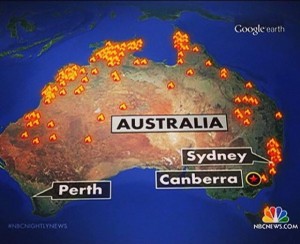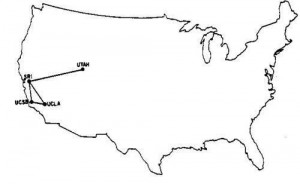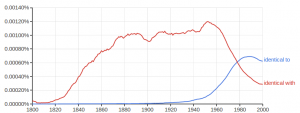Fast-food outlets and obesity
Everyone knows that areas with more fast-food stores have more overweight people, and it certainly makes sense that fast food is bad for you. Like almost everything else, though, it gets more complicated when you start looking carefully.
Firstly, earlier this year Eric Crampton wrote in NBR about some research by an economics PhD student, Rachel Webb, who was trying to take advantage of this well-known relationship to unpick some aspects of correlation vs causation in the relationship between mother’s weight and infant’s birthweight. She found that, actually, areas in New Zealand with more fast-food outlets didn’t have more obesity to any useful and consistent extent.
Secondly, there’s new research on diet and fast food using data from the big NHANES surveys in the USA. It confirms, as you might expect, that people who eat more fast food also eat less healthily at other times.



